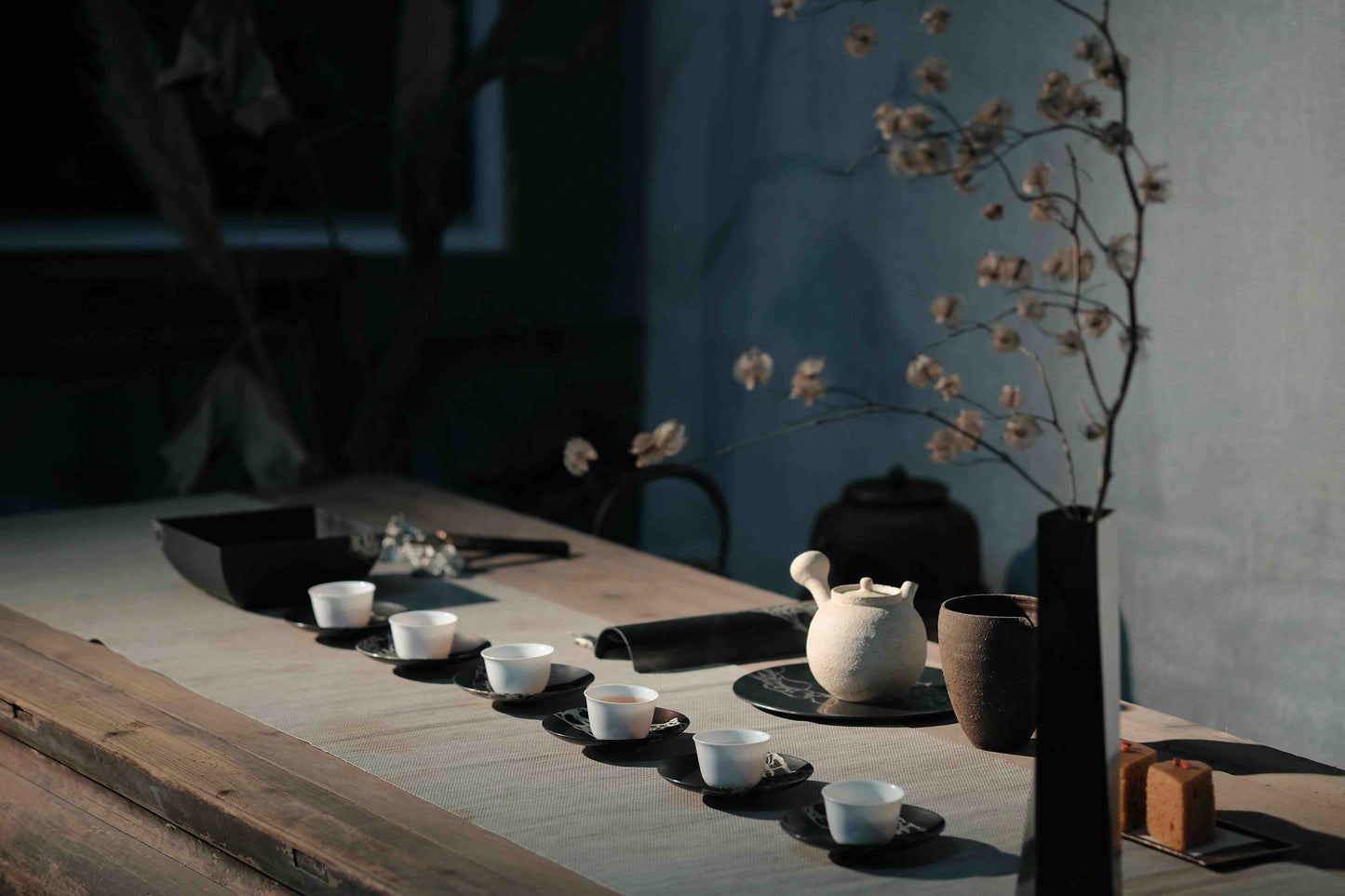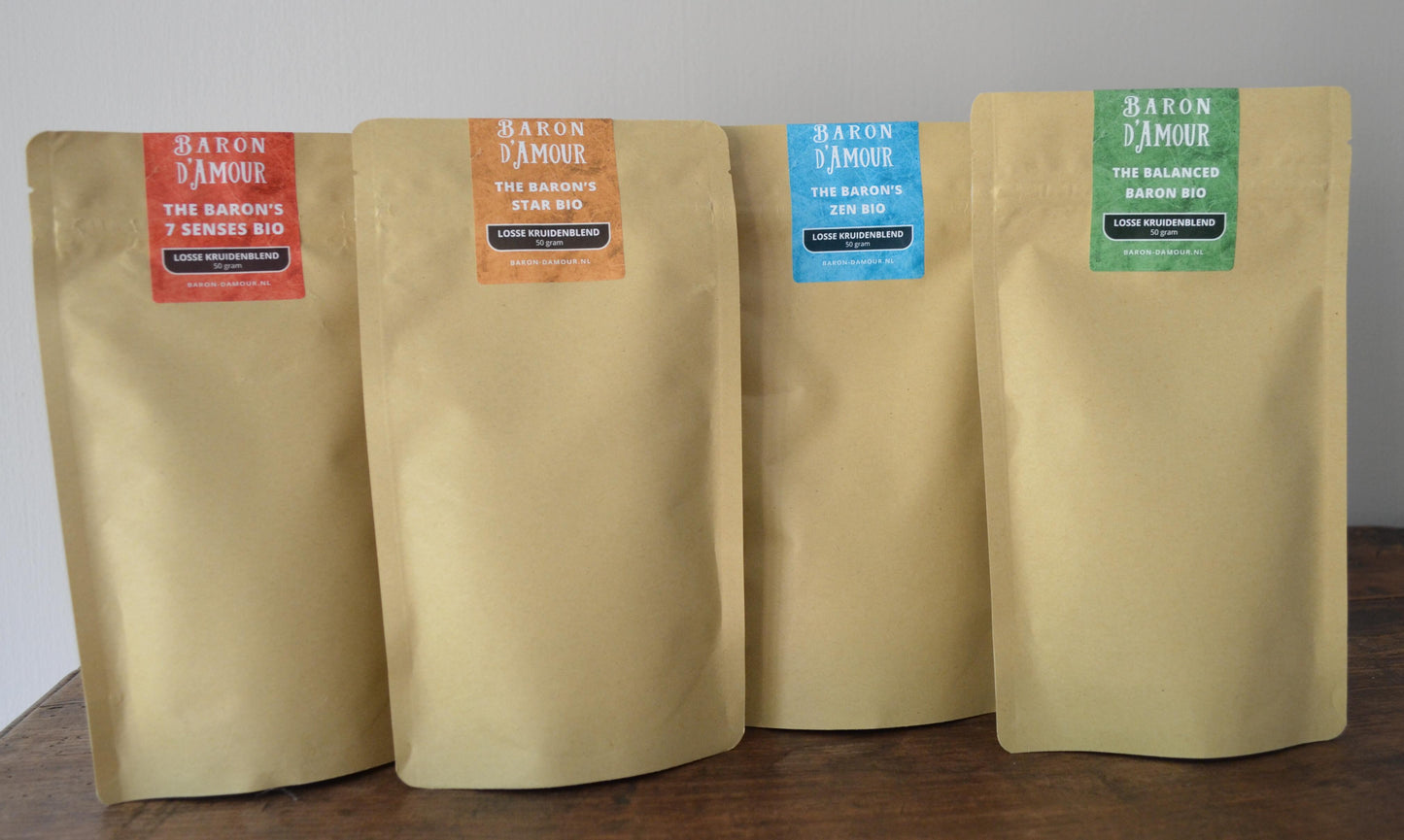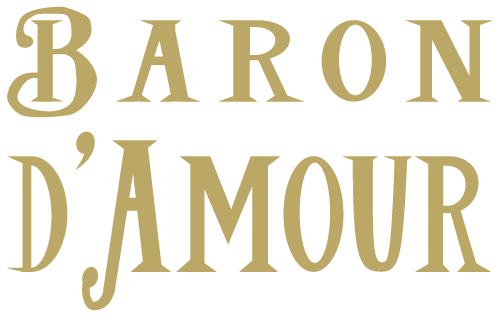
The Art and History of Tea Ceremonies: A Journey of Tradition and Tranquility
Tea has long been regarded as more than just a beverage. It embodies a rich cultural heritage that spans centuries and continents. The art of tea ceremonies, with their meticulous rituals and serene ambiance, has captivated people worldwide. Join us on a journey through time as we explore the fascinating history of tea ceremonies, tracing their origins and evolution across different cultures.
Ancient Origins:
The roots of tea ceremonies can be traced back to ancient China, where tea was first discovered. Legend has it that in 2737 BCE, Emperor Shen Nong was resting under a tree when a leaf fell into his cup of hot water. Intrigued by the resulting infusion, he tasted it and found it to be refreshing and invigorating. This serendipitous encounter marked the beginning of tea as a revered beverage.
Chinese Tea Culture:
Tea soon became an integral part of Chinese culture, and the art of tea preparation was refined over the centuries. The Tang Dynasty (618-907 CE) witnessed the emergence of a formalized tea culture, with tea ceremonies becoming a popular social and spiritual practice. Emphasizing harmony, respect, and mindfulness, these ceremonies involved meticulous steps of tea brewing, serving, and sipping.
Japanese Tea Ceremony:
The influence of Chinese tea culture reached Japan in the 9th century CE, where it evolved into a distinct practice known as the Japanese tea ceremony or Chanoyu. Zen Buddhism greatly influenced the development of the Japanese tea ceremony, emphasizing simplicity, purity, and tranquility. The tea ceremony, often performed in a dedicated tea house called a chashitsu, became an art form that blended spirituality, aesthetics, and hospitality.
The Way of Tea:
The tea ceremony in Japan is often associated with the principles of the "Way of Tea" or "Chado." Practitioners, known as tea masters or tea devotees, dedicate their lives to mastering every aspect of the ceremony. They study tea preparation, tea utensils, calligraphy, flower arranging, and the art of creating a serene atmosphere. The tea ceremony became a powerful means of fostering mindfulness, harmony, and connection with nature.
Regional Variations:
Beyond China and Japan, tea ceremonies have also found expression in various other cultures. In Korea, the tea ceremony called "Darye" follows Confucian principles and emphasizes the sharing of tea as a means of social bonding. In Morocco, the elaborate preparation and serving of mint tea have become an integral part of hospitality and social gatherings. The influence of tea ceremonies can also be seen in Tibetan, Indian, Russian, and British tea traditions, each with its own unique customs and rituals.
Modern Interpretations:
While the traditional tea ceremonies continue to be practiced with reverence, tea culture has also adapted to the modern world. Tea tastings, tea workshops, and casual tea gatherings have gained popularity, making tea ceremonies more accessible to a wider audience. Contemporary tea masters often blend traditional techniques with innovative approaches, bridging the gap between tradition and modernity.
The history of tea ceremonies is a testament to the enduring allure of tea as a beverage that transcends cultural boundaries. Whether steeped in ancient traditions or reimagined in contemporary settings, tea ceremonies remain a celebration of mindfulness, connection, and the appreciation of life's simple pleasures. As we raise our teacups, let us honor the profound legacy of tea ceremonies and continue to savor the beauty and serenity they bring to our lives.


